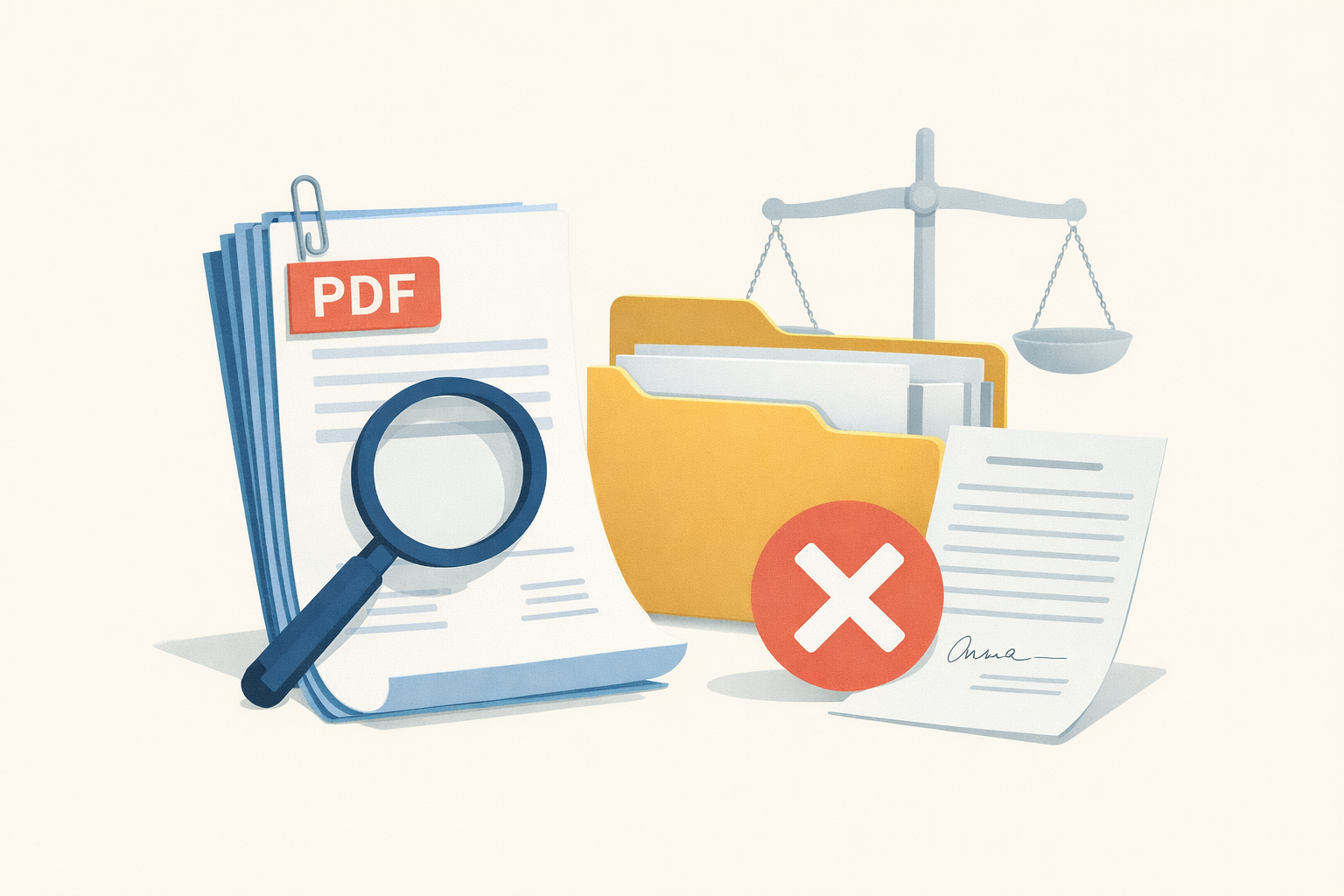Compliance teams know the drill: another DSAR hits your inbox, and suddenly, it's all hands on deck...again. You're combing through Slack threads, inboxes, cloud drives, and spreadsheets, just to locate one individual's data. It's not strategic work; it's tedious, error-prone, and it keeps piling up.
DSARs aren't slowing down, and the stakes for missing something are high. But what if you could offload the grunt work and respond faster, with confidence?
This article breaks down how to automate the DSAR process so you can stay compliant, stay in control, and stop wasting time.
Why DSARs Are So Tedious
Handling a single DSAR might seem simple on paper, yet it quickly turns into a resource drain. A DSAR process overview shows that these requests require you to find, review, and produce all personal data tied to one individual. That includes emails, messages, call logs, shared documents, and more.
The real issue is that data is scattered everywhere. You might have files in Slack, messages in Microsoft 365, and folders in Box. In some respects, each system needs different steps to pull, sort, and verify data.
On top of that, teams often deal with multiple requests at once. Manual steps include tracking down data sources, sorting for relevance, applying redactions, and keeping audit logs. You end up spending days or weeks instead of hours.
There is also a need to follow strict DSAR compliance guidelines. Missing a deadline or sending out incorrect information can lead to serious fines and reputational damage.
The Case for Automation
Teams everywhere feel the pressure to do more with fewer resources. Compliance teams are no different. They're expected to handle DSARs, manage legal holds, and support investigations, sometimes all at once.
Automation helps lighten this load in a big way. For instance, automated workflows let you respond faster and cut manual tasks.
Some benefits of automating your DSAR process include:
- Faster responses so you don't miss deadlines
- Lower risk of missing sensitive or required data
- Reduced manual labor, which lowers burnout risk
Automation also supports response control. That means you know exactly what was collected, what was excluded, and how decisions were made. In that case, you have a clear record for audits and can prove defensibility if questioned later.
The other big piece is accuracy. Automation can help avoid errors that usually pop up with manual data gathering. In fact, automation tends to be more reliable, since it applies the same rules every time.
Key Steps You Can Automate
Automating the DSAR process doesn't have to be all or nothing. You can break it into parts, which makes the transition easier and more effective.
Data Collection
Pulling data is usually the first headache. You often rely on IT or vendors, which can slow things down. Instead, automated tools let you collect data directly from sources like Slack, Google Vault, Microsoft 365, and Box.
In that case, you reduce wait times and gain control over what's pulled. The process is faster and, frankly, way less stressful.
Data Sorting and Culling
Once collected, you need to sort out what's relevant. Automatic filters can find personal data, remove duplicates, and group similar threads.
Some features you might look for include:
- Personally Identifiable Information (PII) detection to spot sensitive personal info
- Email threading to simplify conversations
- Duplicate removal to reduce noise
In other words, you only review what actually matters. This approach saves hours and keeps your team focused.
Review and Redaction
Now comes the part where errors tend to happen: reviewing and redacting. AI-powered legal tools can auto-tag files containing personal data, making it easier to apply redactions in bulk.
Instead of line-by-line manual redactions, you can do them all at once. That reduces mistakes and speeds up the entire process.
Collaboration and Tracking
DSARs often involve more than one person. You need to assign tasks, track progress, and keep everyone updated. Automating these steps keeps things on track and avoids confusion.
In fact, automated tools usually include dashboards or progress trackers. You can see where each request stands and jump in where needed.
Production and Delivery
Once everything is reviewed and ready, you still need to produce the final files. Automated systems let you export and deliver data securely, often with just one click.
This reduces chances for human error and keeps everything documented for compliance. For example, Logikcull offers one-click exports and secure sharing, making it simpler to finalize responses.
What to Look for in a DSAR Automation Tool
Choosing the right tool is a big step. You want something that makes your life easier, not more complicated. When you combine the below elements, your tool helps you follow DSAR best practices without making it harder than it needs to be.
Strong Integrations
A solid tool should connect with your main data sources. For example, direct integrations with Slack, Google Vault, and Microsoft 365 help you collect data without involving IT every time.
Built-In PII Detection and Redaction
These features are crucial. Automated PII detection ensures you don't miss sensitive data, while automatic redactions cut down manual effort.
Some key features to look for include:
- Accurate tagging of personal data
- Automatic redaction to remove sensitive details
- Clear audit logs to track actions
Secure, Auditable Processes
Compliance isn't just about responding; it's about proving you did it right. Choose tools that support SOC2 and HIPAA compliance. You want audit trails and strong encryption.
Ease of Use
A tool should be simple enough that non-technical staff can use it. In other words, it shouldn't require months of training or constant IT support.
Collaboration Features
Look for features that help your team work together smoothly. For example, the ability to assign tasks, leave comments, and monitor progress all in one place.
Automate Compliance Without Losing Control
DSARs don't have to drain your team or leave you constantly on edge. Automating your DSAR process means faster turnarounds, fewer errors, and stronger compliance, all without burning out your team.
Logikcull makes this possible with powerful features like automatic PII detection, direct integrations with tools you already use, and fast, secure data culling. No costly vendors. No IT bottlenecks. Just drag, drop, and done.
Want to see how easy it can be? Get a demo today and turn your DSARs from chaos into control.




